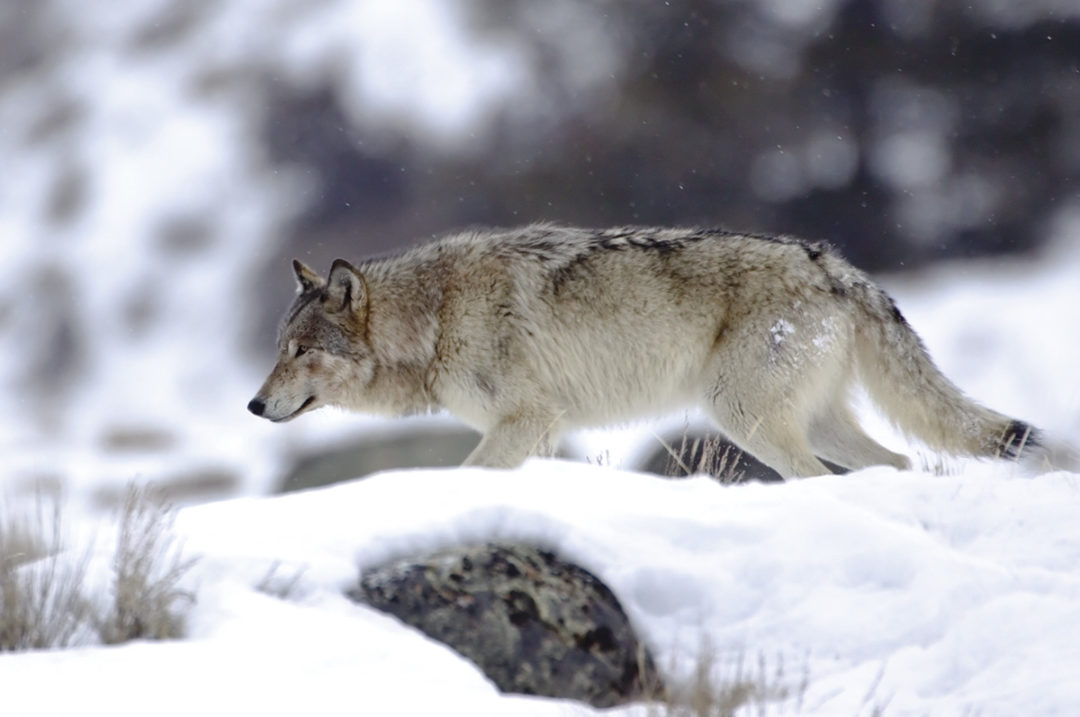Despite growing questions about where the animals will be sourced from, Colorado wildlife officials are continuing with a plan to reintroduce a gray wolf population to the state by the end of 2023. Colorado Park and Wildlife (CPW) intends to have “paws on the ground” in the western part of the state by Dec. 31. The plan is required by Proposition 114, a ballot measure narrowly approved by Colorado voters in 2020.
CPW’s wolf restoration and management plan, which was finalized in May, stated that Idaho, Montana or Wyoming would be ideal sources for wolves, with Oregon and Washington as backup options. With Idaho, Montana and Wyoming government officials reluctant to aid in the further spread of wolf populations across the West – and the legal battles that tend to follow the animals – CPW has turned to its counterparts in Oregon, as well as the Nez Perce Tribe in Idaho. (Washington officials have expressed support for Colorado’s wolf plan but say the end-of-year deadline is unrealistic.)
CPW hopes to release between 30 and 50 wolves in the state in the next three to five years.
Predictably, the plan has met with concern from hunters, wildlife managers and agriculture groups. The U.S. Fish and Wildlife Service has finalized plans to designate Colorado’s incoming wolves as a “nonessential experimental population,” granting district wildlife managers the legal ability to lethally take wolves that are involved in human-wildlife conflicts, are preying on excessive numbers of deer and elk, or are preying on livestock or other domestic animals. Ranchers will also be allowed to administer lethal or nonlethal methods on wolves actively preying on their animals. Groups as diverse as Defenders of Wildlife and Colorado Farm Bureau have expressed support for the nonessential experimental designation.









